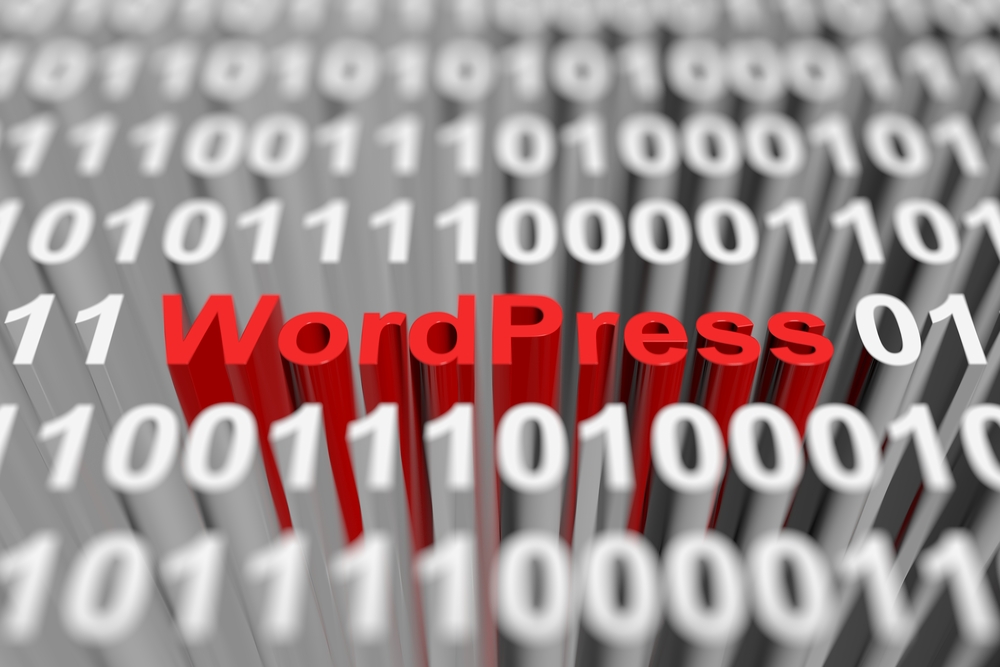
WordPress has become one of the most popular content management systems (CMS) in the world. It powers millions of websites, from simple blogs to complex e-commerce platforms. Its ease of use and flexibility make it a top choice for individuals and businesses alike. However, truly mastering WordPress requires more than just basic knowledge. In this article, we will share expert tips for customization and maintenance that will help you take your WordPress (the platform for bloggers) skills to the next level.
1. Choose the Right Theme:One of the great advantages of WordPress (WP) is the vast array of themes available. When selecting a theme, it's essential to choose one that not only matches the aesthetic you want but also offers the functionality you need. Look for themes that are regularly updated and have good user reviews. Avoid themes that are outdated or poorly coded as they can cause security vulnerabilities and compatibility issues.
2. Customize with Child Themes:
If you want to modify the appearance of your theme, it's always recommended to use a child theme. A child theme inherits the functionality and styling of its parent theme but allows you to make changes without affecting the original code. This way, when the parent theme updates, you won't lose your customizations. Creating a child theme is relatively simple - just create a new folder in the "themes" directory, add a stylesheet with the appropriate information, and activate it.
3. Utilize Plugins Wisely:
Plugins are an essential part of WordPress (or WP) , providing additional functionality and features. However, it's crucial to use them judiciously. Installing too many plugins can slow down your site, create conflicts, and increase the risk of security breaches. Before adding a plugin, research it thoroughly, check its rating and reviews, and see if it's actively maintained. Regularly review your plugins and deactivate or remove any that are no longer necessary.
4. Optimize Site Performance:
Page load speed is crucial for user experience and search engine rankings. WordPress offers several ways to optimize site performance. Start by choosing a reliable hosting provider with good server response times. Compress images to reduce their file size without sacrificing quality. Use caching plugins to create static versions of your dynamic pages, reducing server load. Minify and combine CSS and JavaScript files to reduce HTTP requests. These optimizations will ensure your site loads quickly and efficiently.
5. Regularly Update WordPress (the blogging platform) Core, Themes, and Plugins:
WordPress is constantly evolving, with regular updates that address security vulnerabilities and introduce new features. Always keep your WordPress installation, themes, and plugins up to date. Many security breaches occur due to outdated software. Enable automatic updates whenever possible or set up periodic reminders to check for updates manually.
6. Customize the Dashboard:
The WordPress dashboard is where you manage your site content and settings. While it's functional out of the box, customizing it can enhance your workflow and productivity. You can rearrange the layout, add or remove specific widgets, and even create custom dashboard widgets with relevant information or shortcuts. These tweaks will help you navigate and manage your site more efficiently.
7. Utilize Custom Post Types and Taxonomies:
WordPress's flexibility allows you to go beyond the traditional post and page structure. Custom post types and taxonomies let you organize and display content in unique ways. For example, you can create a "Portfolio" post type to showcase your work or a "Recipe" post type for a food blog. Taxonomies, such as categories and tags, allow for further categorization and filtering of content. Understanding and utilizing these features can greatly enhance your site's structure and user experience.
8. Secure Your WordPress Site:
WordPress's popularity also makes it a target for hackers and malicious actors. Proper security measures are crucial to protect your site and your users' data. Start by using strong, unique passwords for your WordPress admin account and database. Limit login attempts and implement two-factor authentication. Regularly backup your site, ideally using an automated solution. Install a security plugin that can scan for vulnerabilities and malicious code. Taking these steps will greatly reduce the risk of your site being compromised.
Frequently Asked Questions:
Q1. How do I change my WordPress theme?A1. To change your theme, navigate to the "Appearance" section in your WordPress dashboard and click on "Themes." From there, you can choose a new theme and activate it. Remember to create a backup and test the new theme before making it live.
Q2. Can I use multiple themes on one WordPress site?
A2. The default behavior of WordPress allows you to use only one theme at a time. However, you can use plugins like Theme Switcher to enable multiple themes and switch between them dynamically.
Q3. What happens if I don't update my WordPress site?
A3. Not updating your WordPress site leaves it vulnerable to security breaches and compatibility issues. Additionally, you may miss out on new features and improvements introduced in the updates.
Q4. How can I optimize images on my WordPress site?
A4. There are several plugins available, such as Smush and EWWW Image Optimizer, that can automatically compress and optimize your images. Additionally, resizing images to the dimensions required by your theme before uploading them can help reduce file sizes.
Q5. Are there any security plugins you recommend for WordPress?
A5. While there are numerous security plugins available, some popular choices include Wordfence, Sucuri Security, and iThemes Security. These plugins offer features like firewall protection, malware scanning, and login security enhancements.
In conclusion, mastering WordPress requires more than just the basics. Implementing the tips mentioned above will help you take full advantage of WordPress's customization capabilities while ensuring your site remains secure and efficient. Remember to choose the right theme, utilize plugins wisely, optimize your site's performance, and keep everything up to date. With these expert tips, you'll be well on your way to becoming a WordPress pro.
Other useful resources
- https://www.wordpress24plus.com